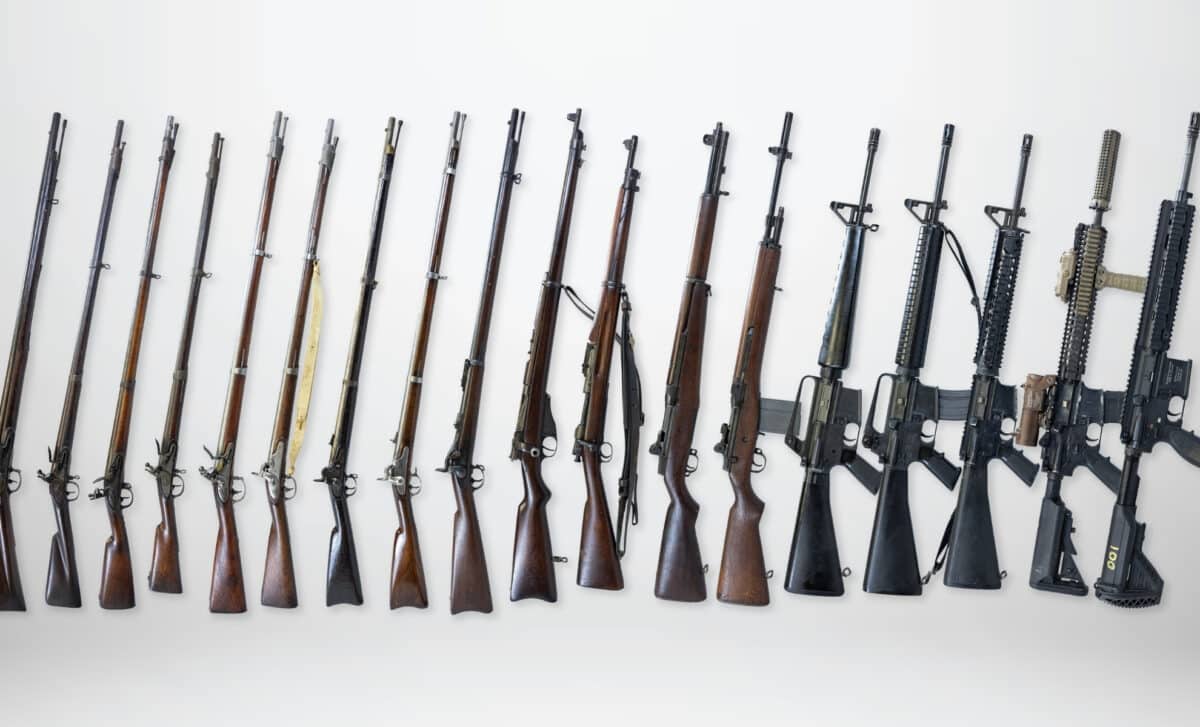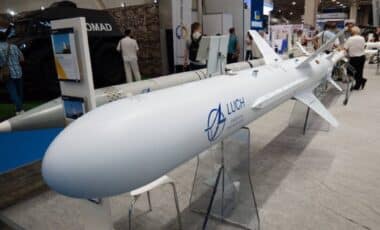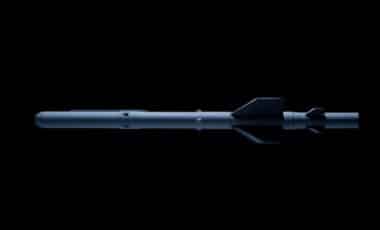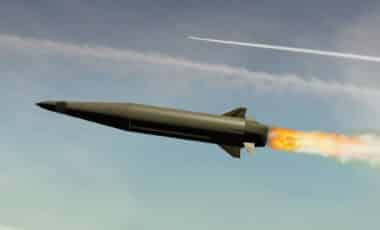For over 250 years, the U.S. Marine Corps has carried a wide range of rifles that not only reflect its evolution but also the technological advancements in military weaponry. From the Brown Bess musket used in the 18th century to the modern M27 IAR, the history of these firearms showcases the Corps’ adaptation to the changing nature of warfare. Each rifle marks a pivotal step in the development of the Corps, with significant technological changes shaping its capabilities.
A newly released feature by the Marine Corps highlights 18 rifles issued to Marines throughout history, offering a visual and historical review of the weapons that have defined the Corps. From flintlock muskets to the semi-automatic rifles of today, these rifles tell the story of a force that has continuously adapted to meet the challenges of the battlefield. The initiative is part of the Corps’ celebration of its 250th anniversary.
Top 10 Countries with the Largest Air Forces in 2025 – Who’s Truly Dominating the Skies?
The Early Years: Muskets and the Birth of a Corps
The first rifles issued to Marines played an essential role in the early history of the Corps. The Brown Bess, a British-made musket, was one of the first weapons used by Marines during the pre-revolutionary Continental Navy. As described by Jonathan Bernstein, the Marine Corps’ Arms & Armor Curator, this musket was widely recognized for its simplicity and durability.
He refers to it as “pretty much idiot-proof,” noting that nearly every able-bodied man in the colonies would be familiar with it as part of the militia. The Brown Bess had a slow rate of fire, usually only two or three rounds per minute, but was effective enough to serve its purpose during the early years of the Corps.
As the American Revolution progressed, Marines upgraded to the French-made Charleville musket, which featured a smaller ball (.60 caliber) and allowed soldiers to carry more rounds. This musket was more efficient and effective than the Brown Bess.
The Springfield Model 1795, introduced as the first U.S.-produced musket, offered a self-contained ignition system, which sped up the firing process by eliminating some manual steps. It marked a significant advancement in weapon technology, enabling Marines to fire slightly faster than with the previous models.
Revolutionizing Combat: From the Winchester-Lee to the M1 Garand
By the late 19th century, the Marine Corps began incorporating more advanced firearms into its arsenal. The Winchester-Lee lever-action rifle, introduced in the 1890s, represented the first truly revolutionary weapon for the Corps. With a rifled barrel and an internal magazine, it allowed Marines to shoot small bullets at higher speeds and with greater accuracy over longer distances. This marked a pivotal shift in combat capabilities, as described by Bernstein, who noted the increase in precision marksmanship.
During World War II, the M1 Garand became a key rifle for the Marine Corps. It was the Corps’ first self-reciprocating rifle and introduced a much faster reloading mechanism, making it a crucial asset in the Pacific theater. Its rugged design and reliability ensured that the M1 Garand remained the standard rifle for Marines for decades after the war. In fact, its impact was so profound that it helped establish the Marine Corps as a dominant force in WWII, playing a key role in battles across the Pacific.
Modern-Day Rifles: The M16 and M27
The M16 rifle entered the Marine Corps in the 1960s, during the Vietnam War, and represented a significant departure from the previous generation of weapons. Unlike earlier models, the M16 was lighter, had a higher rate of fire, and used a smaller caliber round. It was an ideal weapon for the dense jungle warfare of Vietnam, although it did face early reliability issues. The M16 was soon adapted to various versions, becoming the Corps’ standard-issue rifle for several decades.
Following the M16, the M4 became the standard-issue rifle for U.S. forces, including Marines, post-9/11. The M4 was a more compact version of the M16 and offered greater versatility in urban combat. More recently, the Marine Corps has transitioned to the M27 IAR, which was fielded to infantry units in 2010.
The M27 IAR replaced the M249 Squad Automatic Weapon and has since become the standard issue for Marine infantry. The M27 was also adopted as a replacement for the M4 in 2018, further solidifying its role as the primary weapon for Marines.








